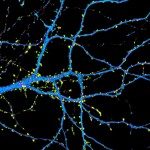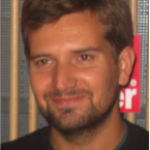Link to Pubmed [PMID] – 18361425
Am. J. Med. Genet. B Neuropsychiatr. Genet. 2008 Sep;147B(6):830-5
Autism spectrum disorders (ASD) are complex genetic disorders more frequently observed in males. Skewed X chromosome inactivation (XCI) is observed in heterozygous females carrying gene mutations involved in several X-linked syndromes. In this study, we aimed to estimate the role of X-linked genes in ASD susceptibility by ascertaining the XCI pattern in a sample of 543 informative mothers of children with ASD and in a sample of 163 affected girls. The XCI pattern was also determined in two control groups (144 adult females and 40 young females) with a similar age distribution to the mothers sample and affected girls sample, respectively. We observed no significant excess of skewed XCI in families with ASD. Interestingly, two mothers and one girl carrying known mutations in X-linked genes (NLGN3, ATRX, MECP2) showed highly skewed XCI, suggesting that ascertainment of XCI could reveal families with X-linked mutations. Linkage analysis was carried out in the subgroup of multiplex families with skewed XCI (> or = 80:20) and a modest increased allele sharing was obtained in the Xq27-Xq28 region, with a peak Z-score of 1.75 close to rs719489. In summary, our results suggest that there is no major X-linked gene subject to XCI and expressed in blood cells conferring susceptibility to ASD. However, the possibility that rare mutations in X-linked genes could contribute to ASD cannot be excluded. We propose that the XCI profile could be a useful criteria to prioritize families for mutation screening of X-linked candidate genes.



